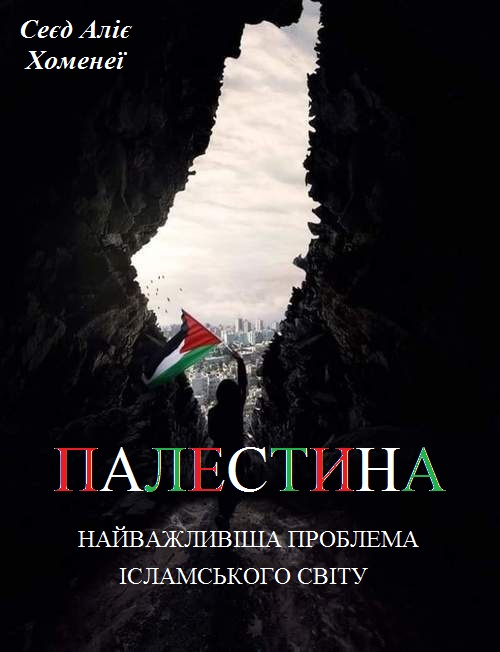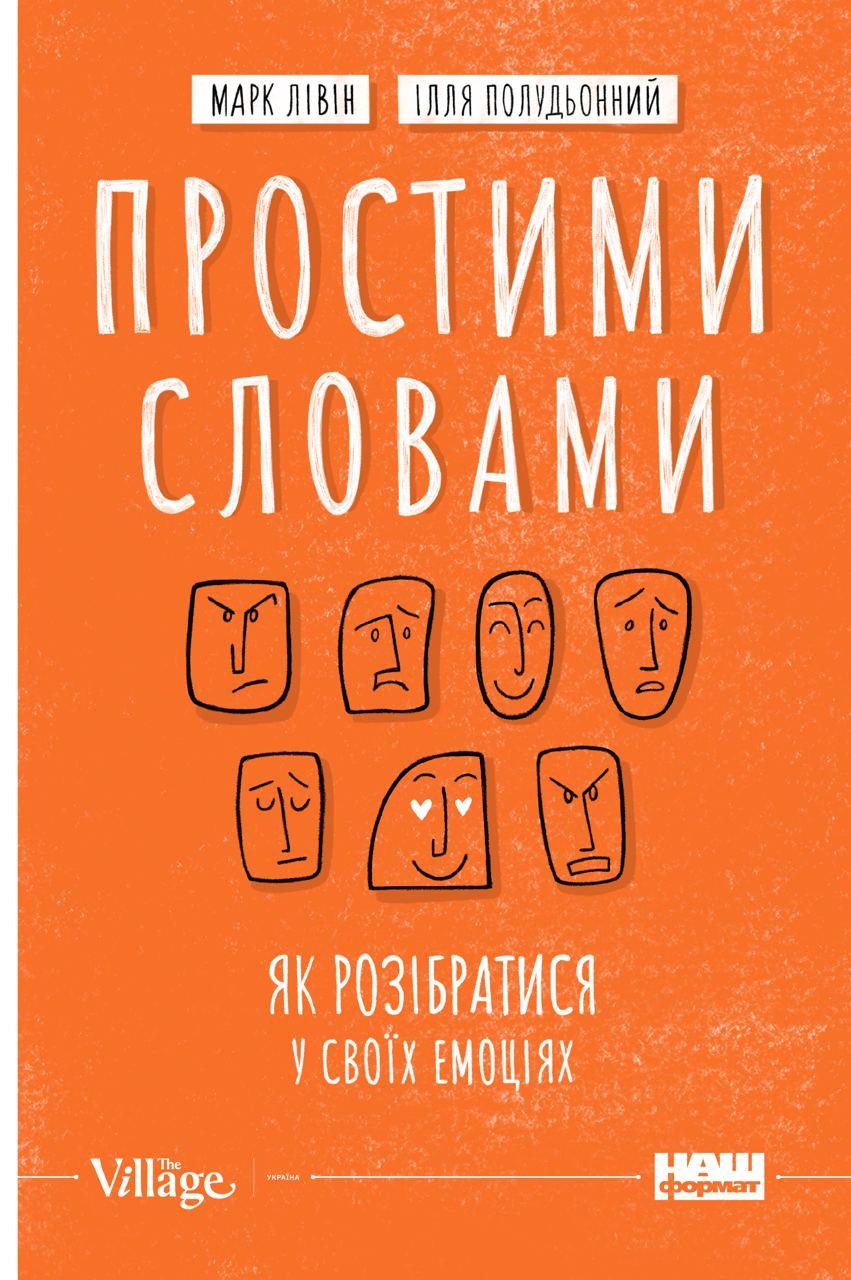Читати книгу - "Genghis Khan and the Making of the Modern World"
Шрифт:
Інтервал:
Добавити в закладку:
From his court, Mongke Khan expanded the trials to a grand purge by sending out bands of inquisitors throughout the empire to question, convict, and punish anyone suspected of disloyalty to his branch of the family. The trials took place on a global scale from China and Mongolia in the east to Afghanistan in the south and Persia and Iraq in the west. Even the highest officials, such as the ruler of the Uighurs, were put to death, but the greatest damage was inflicted on the Golden Family itself. Mongke seemed determined to root out all the supporters from the families of his deceased uncles Chaghatai and Ogodei. Mongke seized the city of Karakorum and surrounding territory from Ogodei’s descendants. Across the empire, rulers and high officials lucky enough to escape punishment by the ad hoc tribunals still had to travel to Karakorum and present themselves to the new khan, have their record of loyalty examined, and then face the possible threat of punishment. Those officials who survived the test were then reinstated in their old position by the new khan. After the extensive and bloody purge of the Ogodei lineage, Mongke Khan ordered a general amnesty for other types of nonpolitical prisoners and captives.
Power had clearly passed into the lineage of Tolui. Sorkhokhtani had smashed the last obstacles to power for her sons, and she died knowing that her four sons faced no further threat from any branch of the Golden Family. The best description made of her accomplishment came from the writer Bar Hebraeus, who wrote that “if I were to see among the race of women another woman like this, I should say that the race of women was far superior to men.” No one in the history of the world had been given so large and rich an empire as Sokhokhtani gave to her sons, but within a few years of her death, her four sons would begin to tear it apart.
Sometime near the Mongol New Year festival in February 1252, either in the final days of the Year of the Pig or the first days of the Year of the Rat, Sorkhokhtani died. With her death, the decade of the ruling women that had begun in 1241 ended. Even as they competed against one another, the women had brought much needed outside talent into the inner circle of Mongol rule, and had given the empire a new foundation with their support of monasteries and schools, the printing of books, and the exchange of ideas and knowledge. After the resumption of the Mongol World War by the men, it would, in the end, be the new institutions begun by these women that would have the greatest impact on the world within and beyond the Mongol Empire. But the full flowering of that would have to await one more round of war.
Mongke’s accession to the office of Great Khan of the Mongol Empire in 1251 came nearly a quarter of a century after the death of his grandfather, Genghis Khan, in 1227. In a statement that summarizes his administration and his sober personality as instilled in him by his mother Sorkhokhtani, he said of himself, “I follow the laws of my ancestors; I do not imitate other countries’ ways.” He was a serious man who showed neither the frivolity of Ogodei nor the recklessness of Guyuk and who, almost alone among members of the Golden Family, avoided the destructive bind of alcoholism.
To increase his legitimacy as the Great Khan of the Mongol Empire and to rewrite history to make it more accommodating to his needs, in 1252 he retroactively awarded his father the title of Great Khan. This was given on the legal claim that as the youngest son, and therefore the Otchigen, or Prince of the Hearth, Tolui had been entitled to inherit his deceased father’s titles as well as his homeland.
In staking out his territory, Mongke turned attention to his newly claimed capital city of Karakorum, which for twenty years had served as the center and symbol of the power of Ogodei’s family. Mongke, however, intended to transform the modest city from the family seat of Ogodei’s lineage into an imperial capital of the Mongol Empire. Before Ogodei built Karakorum, the area had belonged to the Kereyid, and in particular to Ong Khan and his family, including Sorkhokhtani, Mongke’s mother and the niece of Ong Khan.
He needed to make his own mark on the capital, and since Ogodei had already used Chinese and Persian architects, Mongke turned to the Christian craftsmen captured in his part of the European campaign. Although he showed no appreciation for European architecture, the technical ability of the metalworkers had impressed him. When his army took the city of Belgrade, they had captured Guillaume Boucher, a Parisian goldsmith. Because of his ability to make Christian religious objects, Boucher had been given to Sorkhokhtani, and on her death he passed to Mongke’s younger brother Arik Boke. Mongke selected Boucher, together with a team of fifty assistant craftsmen, to add an exotic European flair to the Mongol capital, and he did so in an overwhelming but idiosyncratic style that amazed visitors to his courts.
Envoys to Mongke’s court at Karakorum reported the working of an unusual contraption in his palace. A large tree sculpted of silver and other precious metals rose up from the middle of his courtyard and loomed over his palace, with the branches of the tree extending into the building and along the rafters. Silver fruit hung from the limbs, and it had four golden serpents braided around the trunk. At the top of the tree, rose a triumphant angel, also cast in silver, holding
Увага!
Сайт зберігає кукі вашого браузера. Ви зможете в будь-який момент зробити закладку та продовжити читання книги «Genghis Khan and the Making of the Modern World», після закриття браузера.

